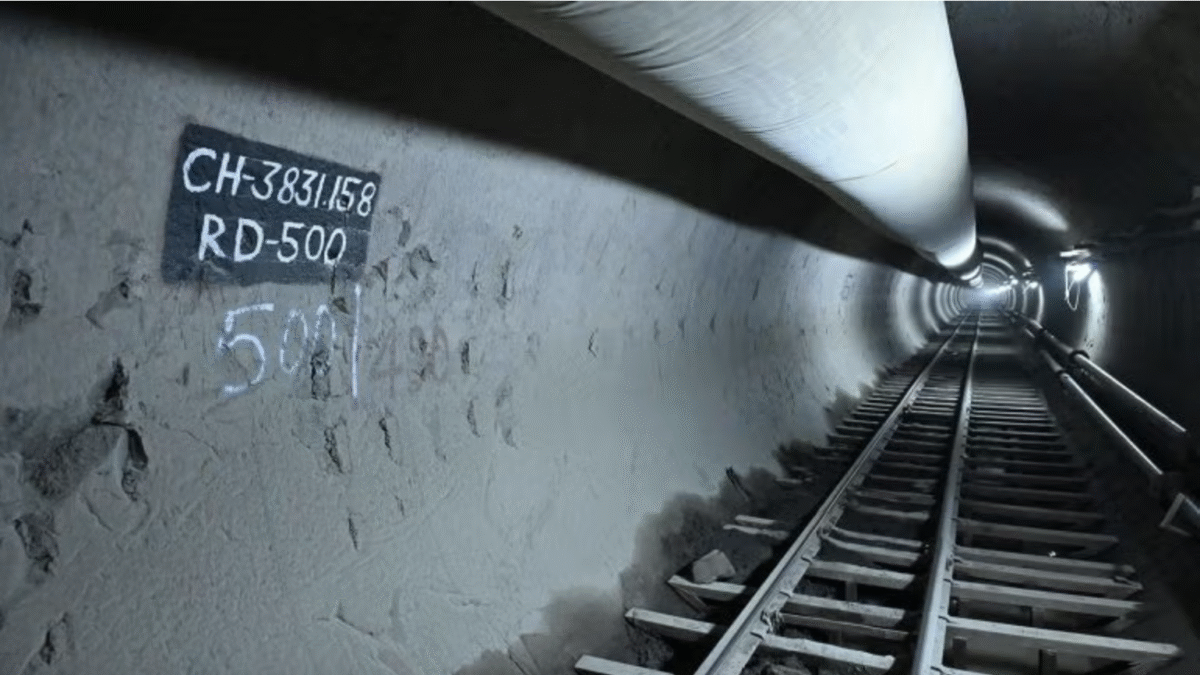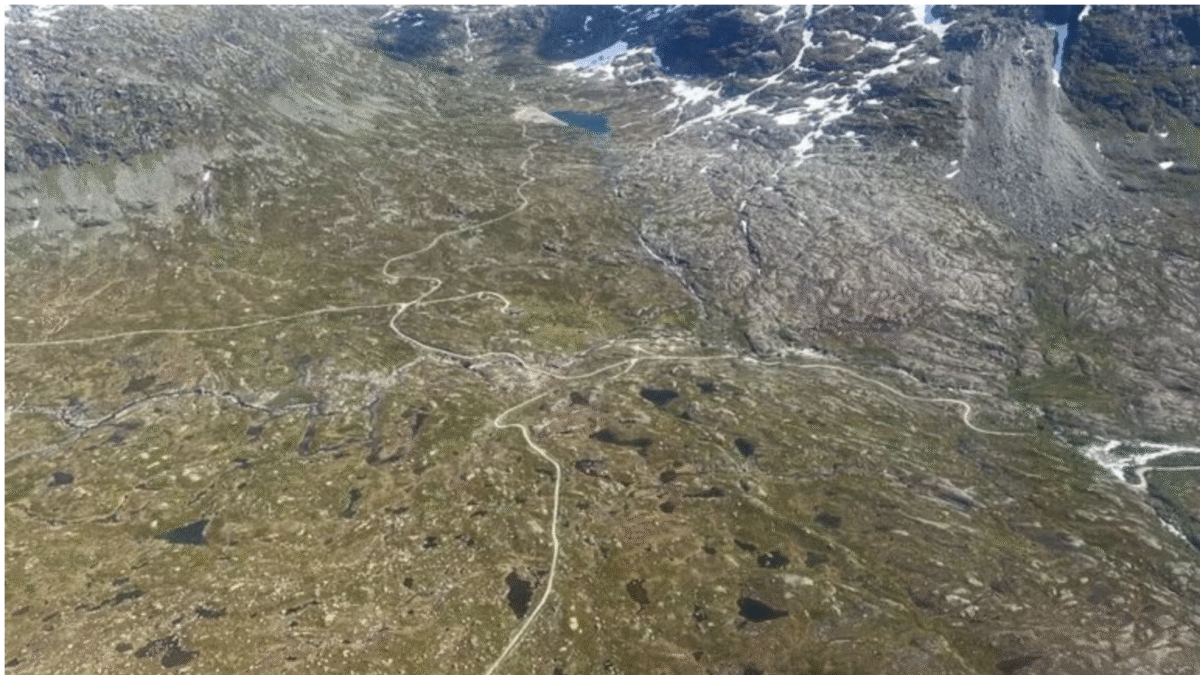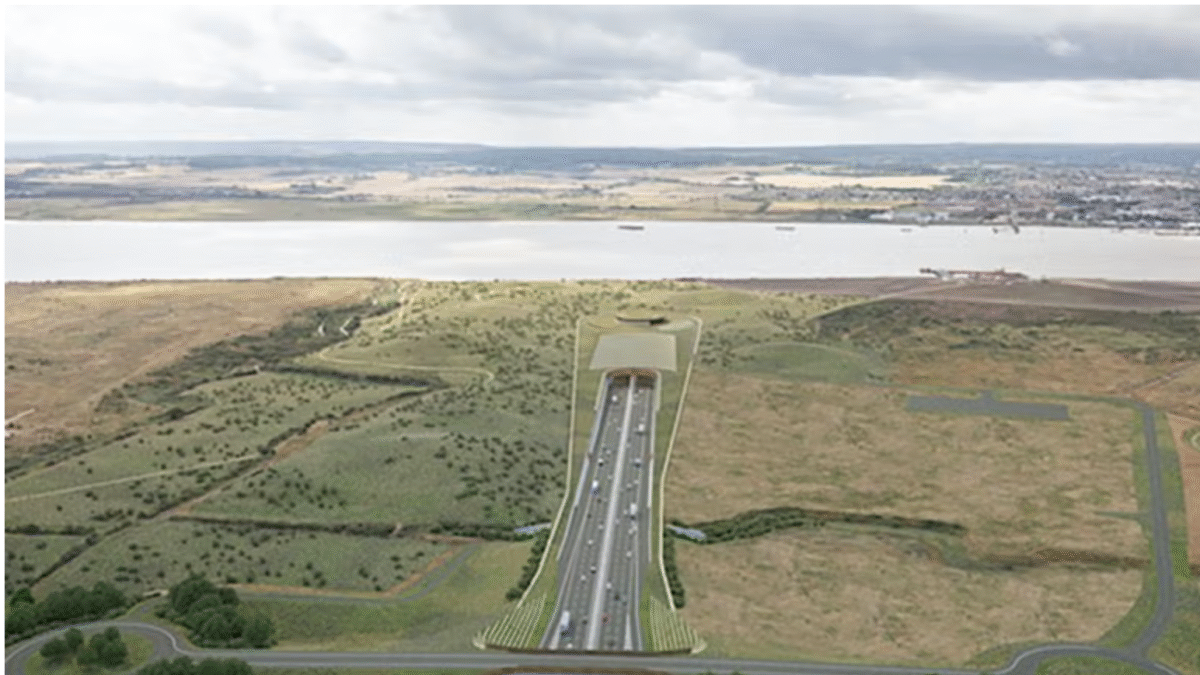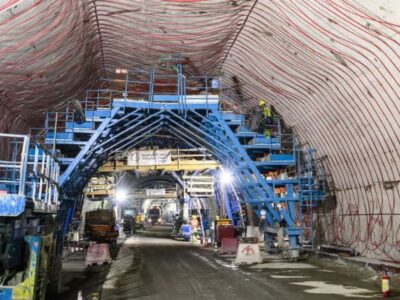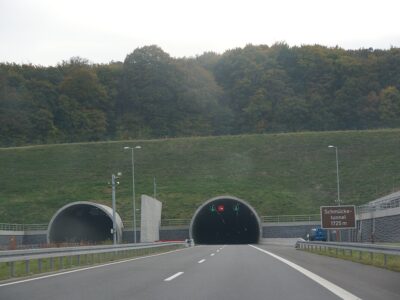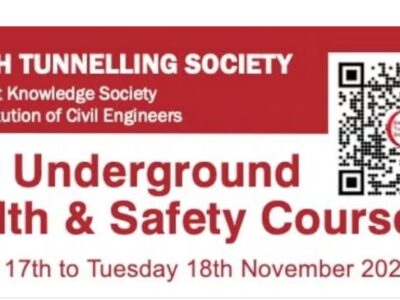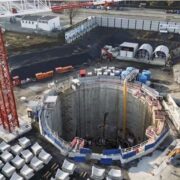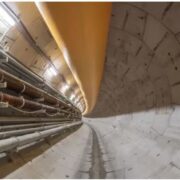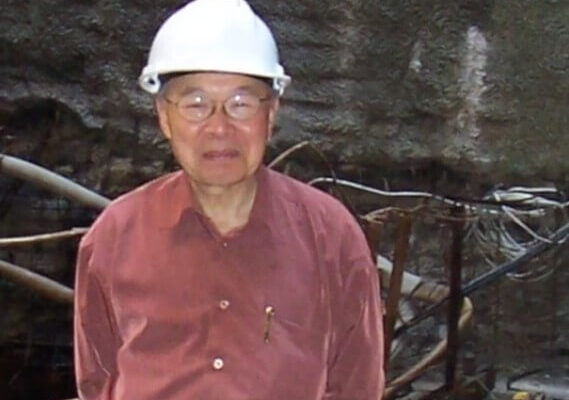
Professor KY Lo, a former director of the Geotechnical Research Centre for the Department of Civil and Environmental Engineering at Western University in Ontario, has received a Lifetime Achievement Award from the Tunnelling Association of Canada (TAC).
The TAC Awards were presented at the organization’s conference in Toronto in September.
The judges said Prof Lo had dedicated his life to rock mechanics and geotechnical engineering. He has a portfolio of more than 150 publications in journals, conference proceedings and books. His research has covered dam safety, soft clay engineering, slope stability, tunneling in soft ground and tunneling in deep excavation in rock.
Prof Lo was instrumental in the development and design of the Niagara hydro tunnel, the largest TBM-bored rock tunnel in the world. His research into high horizontal stresses and time dependent deformation was instrumental in the success of the project.
During his career, Prof Lo has received several awards, including the RF Legget Medal Canadian Geotechnical Society in 1989; the Keefer Medal and Casimir Gzowski Medal from the Canadian Society of Civil Engineers in 1994; and the Professional Engineers Ontario Medal for Research and Development in 2006.
In 1997, the Engineering Institute of Canada established the KY Lo medal, awarded annually to recognize outstanding Canadian contributions at an international level.
Prof Lo has also been an active TAC member. He was TAC president from 1989-1993, editor of TAC journal 1993-1998, and played a pivotal role in organizing the 1989 World Tunnel Congress in Toronto.
This year there were two recipients of the Young Tunneller of the Year Award – Michael Dutton and Riley McMillan.
Michael Dutton is a senior tunnel engineer at Arup Canada, specializing in advance analysis and design techniques. He is currently tunnel design lead for the advance tunnel of the Scarborough subway extension in Toronto and for the BART Silicon Valley Phase II extension in California. He also leads Arup’s R&D for bored tunnels.
Riley McMillan is a tunnel engineer with Hatch, with a track record spanning feasibility studies, prelim and detailed design and construction management. He has worked on the Eglinton Crosstown LRT in Toronto and the Kamano T2 project and is currently tunnel design manager for Inner Harbour West Tunnel Project in Toronto.
Both are active members of TAC. Dutton leads the young members’ steering committee and McMillan helps organize TAC Ontario chapter events.
Mike Zegarac from Hatch was named Tunneller of the Year. Zegarac has worked on numerous major tunneling projects in Ontario. He was lead tunnel inspector for the Toronto Transit Sheppard Subway Project; lead senior inspector of the 10.4km-long 14.4m diameter Niagara tunnel; lead senior inspector for the Southeast Collector Trunk Sewer Project in Ontario; and lead senior inspector for the Eglinton Crosstown Tunnel. Zegarac also served as NATM/SEM tunnel construction supervisor on the Eglinton Crosstown LRT Avenue and Laird Station for Dr Sauer partners. He is currently lead tunnel construction inspector and tunnel spiritual adviser for the Ashbridges Bay Treatment Tunnel for Hatch and the City of Toronto.
The Canadian Innovation Initiative Award went to RockMass Technologies and Hatch for Digital Innovation in Tunnel Mapping using Mobile LiDAR and Machine Learning.
RockMass Technologies uses live technology to transform tunnel construction, maintenance and refurbishment. The Mobile LiDAR device – RockMass Eon – uses laser light pulses to generate accurate 3D models of rock excavations and built infrastructure, giving engineers a precise view of the tunnel’s geometry, structural integrity and potential hazards.
Hatch teamed with RockMass technologies to use the Eon in various tunnel projects in Canada. On the Kamano T2 hydro project, engineers used the Eon to obtain accurate orientations of trace geological features in both drill and blast and TBM tunnels. The orientations matched the accuracy of conventional compass mapping with the added benefit of offering high fidelity digital data for subsequent analysis.
On the Ashbridges Bay Treatment plant in Toronto the RockMass Eon mapped cracks in the precast lining segments. Engineers used the LiDAR data to develop a machine learning algorithm to locate cracks in the segments, with over 80% prediction accuracy.
The Canadian Project of the Year Award (up to C$100m) was presented to Trans Mountain, McNally, Kiewit, Hatch and Herrenknecht for Trans Mountain Expansion Project – Burnaby Mountain Tunnel Project.
The award recognized several innovations on the oil pipeline expansion project. These included a TBM designed to overcome limited geotechnical information and be compatible with existing segment moulds from a previous project and opting for a 2.6km tunnel under Burnaby Mountain to minimize community impact. The project team’s community outreach, environmental reviews and ongoing stakeholder engagement overcame initial community objections to the project.
Hampered by difficult terrain, the team relied on limited geotechnical information based on data from a few bore holes and public information, and designed a 4.42m diameter Herrenknecht TBM capable of excavating in mixed conditions. Designing the TBM to use existing segment moulds for the tunnel lining significantly reduced project costs and contributed to its sustainability credentials.
The project presented tunneling challenges, such as shallow cover while boring under Barnett Highway built on a historic landslide and passing under a live oil pipeline with minimal ground cover.
The Canadian Project of the Year Award (over C$100m) was won by City of Toronto, Southland Astaldi Joint Venture, and Hatch with Jacobs/Baird for Ashbridges Bay Treatment Plant Outfall Tunnel Project.
The judges recognized the project was undertaken in challenging ground conditions and during the Covid pandemic. The project team overcame significant challenges, including unexpected groundwater infiltration rates of up to 400 liters per minute, requiring the injection of more than 272,000kg of cement into rock mass before making any tunnel to riser connections. Despite this, the TBM set several record advance rates for a single shield rock TBM, including a best day of 46.4m with 31 precast concrete tunnel lining rings in 24 hours.
After tunneling, the next major challenge was the tunnel to riser connections which included removal of concrete segments in the crown of the tunnel. The project was also noted for its one million person hours without a recorded loss time injury, amicable resolution of all contract change requests and tackling difficult site conditions through exceptional design, innovative problem-solving and collaborative team work.
Other awards presented were:
- Photo of the Year Award: Yusuf Soliman for Carving Through Bedrock (The Construction of a Cross Passage)
- TAC Outstanding Service Award: Boro Lukajic
- Dan Eisenstein Memorial Scholarship: Captain Chelsey Guo from Royal Military College of Canada
- TAC Undergraduate Scholarship: Madeleine Gaul from Queen’s University


